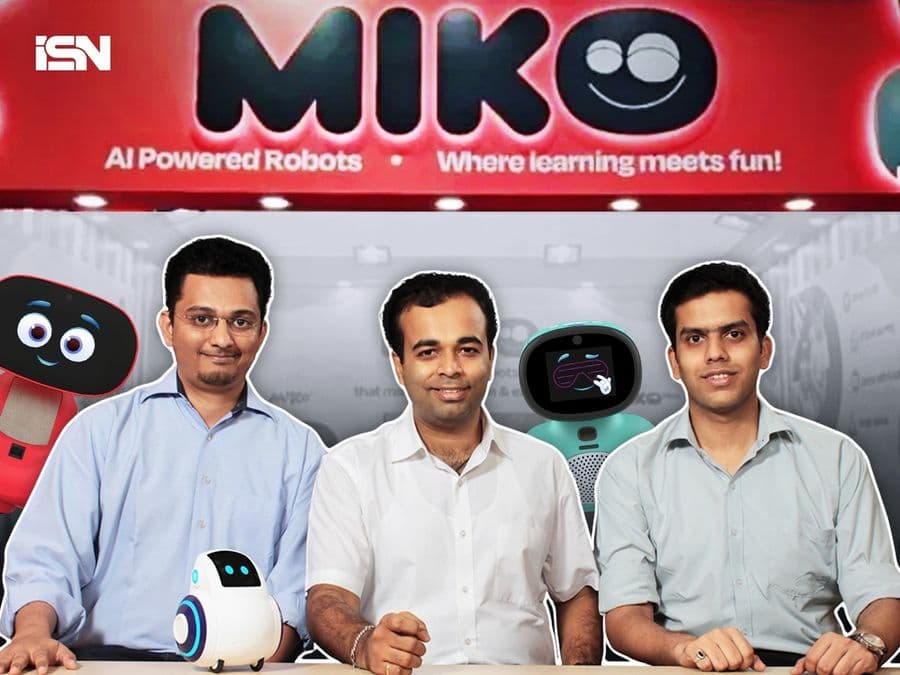Prashant Iyengar (Miko): 10 Key Things You Must Know

Overview
Prashant Iyengar, better known by his stage name Miko, is a prominent Indian music composer and producer who has carved a niche for himself in the contemporary Indian music scene. Known for his innovative fusion of traditional Indian musical elements with modern electronic sounds, Miko's work appeals to a diverse audience, spanning genres and generations. His rising influence in the music industry is not just witnessed through his music but also through his significant contributions behind the scenes in music production and composition. This article explores 10 compelling aspects about Prashant Iyengar (Miko) that provide insight into his background, creative approach, and growing legacy.
1. Early Life and Musical Roots
Prashant Iyengar grew up in an environment that deeply valued artistic expression and cultural heritage. From a young age, he was drawn to music, initially learning classical Indian instruments and studying the foundations of traditional rhythms and melodies. This early exposure instilled in him a profound respect for classical forms, which later became integral to his signature style—melding ancient and contemporary sounds. His formative years were instrumental in shaping his unique musical identity.
2. Emergence as Miko: The Artistic Persona
Adopting the moniker Miko marked a defining moment in Prashant's career. This name represents his personal brand and artistic philosophy, emphasizing innovation and boundary-pushing creativity. Under this identity, he has released numerous music tracks and productions that have garnered acclaim for their imaginative soundscapes. Miko embodies an artist willing to experiment and communicate through the universal language of music.
3. Musical Style and Signature Sound
Miko’s sound is characterized by a seamless fusion of traditional Indian musical modes with electronic production techniques. His compositions often feature classical instruments like the sitar, tabla, and flute intertwined with synthesizers and digital beats, crafting a genre-defying experience. This blend appeals to both purists of Indian classical music and fans of contemporary electronic music, demonstrating his ability to bridge cultural and musical divides.
4. Impact on Contemporary Indian Music
As part of a new wave of Indian musicians, Miko has contributed significantly to redefining the country’s music landscape. He challenges conventional boundaries by promoting cross-genre collaborations and encouraging a more globalized sound. His work has inspired younger artists and producers to explore hybrid musical styles, expanding the possibilities of what Indian music can express on the international stage.
5. Notable Collaborations and Projects
Miko has worked with a range of artists across various genres, including pop singers, classical musicians, and electronic DJs. These collaborations have produced critically acclaimed tracks that highlight his versatility and adaptability. By engaging with artists from different backgrounds, Miko enriches his music and fosters cultural exchange, making each project unique and widely appreciated.
6. Role as a Producer and Composer
Beyond performing and releasing music under his own name, Prashant plays a vital role behind the scenes as a composer and producer for other artists. His expertise in music production has elevated many albums and singles, adding depth and sophistication to their sound. His meticulous attention to composition details ensures that every project he touches achieves a high artistic standard.
7. Use of Technology in Music Creation
Miko is known for his savvy use of modern music technology, incorporating digital audio workstations (DAWs), synthesizers, and sound design tools to craft complex sound layers. His technical proficiency allows him to experiment with new sonic textures and effects, keeping his work fresh and contemporary. This embrace of technology highlights the evolving nature of music composition in the 21st century.
8. Recognition and Awards
While Prashant Iyengar (Miko) is still ascending in his career, he has received recognition from music critics and industry insiders for his innovative approach. Various music awards and nominations have acknowledged his contributions to fusion music and production excellence. Such accolades underscore his growing influence and the respect he commands within the artistic community.
9. Influence of Cultural Heritage on His Work
Miko’s music deeply reflects his Indian cultural roots, evident in his frequent use of rhythmic cycles (talas), raga scales, and folk motifs. By infusing his compositions with these elements, he honors his heritage while presenting it through a contemporary lens. This creates a powerful dialogue between past and present, resonating with listeners worldwide who appreciate cultural authenticity.
10. Future Directions and Aspirations
Looking ahead, Miko aims to expand his musical horizons by exploring international collaborations and integrating more diverse musical traditions into his work. He envisions utilizing emerging technologies like artificial intelligence in music creation, pushing creative boundaries further. His goal is to continue evolving as an artist while contributing to a broader understanding and appreciation of Indian music globally.
Conclusion
Prashant Iyengar, known as Miko, represents a compelling fusion of tradition and modernity in Indian music. His journey from classical roots to contemporary innovator showcases a dedication to both preserving and evolving his culture through sound. Miko’s work transcends genres and geographical boundaries, illustrating the universal power of music as a connector. As he embarks on new artistic ventures, audiences can look forward to a dynamic and enriching contribution that challenges and delights the senses. Who knows what musical frontiers Miko will explore next?
References
- Miko Official Website
- Interview with Prashant Iyengar on Fusion Music
- The Rise of Contemporary Indian Fusion Music
- Electronic and Traditional Music Blends: A Case Study
- Award Nominations for Emerging Indian Artists
- Technological Innovations in Music Production
- Cultural Heritage in Modern Indian Music
- Miko’s Collaborations and Projects
- Globalization of Indian Music
- Future of Music with AI Tools